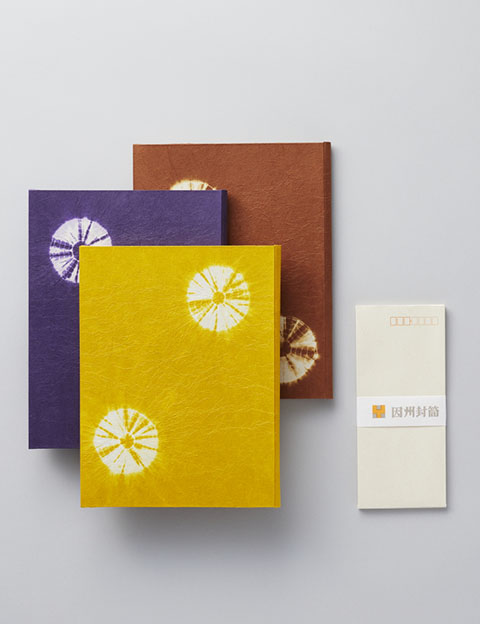INSHU Washi (Papers)

A Heian era (794-1185) document on official court dealings mentions that the imperial court was supplied with paper from Inaba Province, which was also known as Inshu. By the beginning of the 18th century, the production of Inshu washi paper was centered on two villages, where even paper for the exclusive use of the local clan was being produced.
During the Edo era (1600-1868), production was officially encouraged to provide sufficient paper for local consumption as well as official clan business, a development that boosted the Inshu washi paper industry. Using such raw materials as paper mulberry (kozo), which grows in both fields and mountains, papermaking flourished on farms all over the country, particularly in remote areas where agricultural output was low.
Inshu washi paper has a reputation for high quality and its papers for calligraphy and ink painting are especially well regarded. Paper for fusuma screens is also produced to an extremely high standard.
Feature
Inshu washi paper has a reputation for premium quality. Drawing paper and rice paper for calligraphy and ink painting are particularly well known.
How to make
The manufacturing process is divided into a “cooking” stage, in which the plants used as raw materials are boiled, a “beating” stage, in which the boiled pulp is beaten and reduced to fine fiber, a “paper-making” stage, in which the fibers dissolved in water are turned into paper and a final “drying” stage. Most of these steps are performed entirely by hand, using techniques passed down through many generations.

